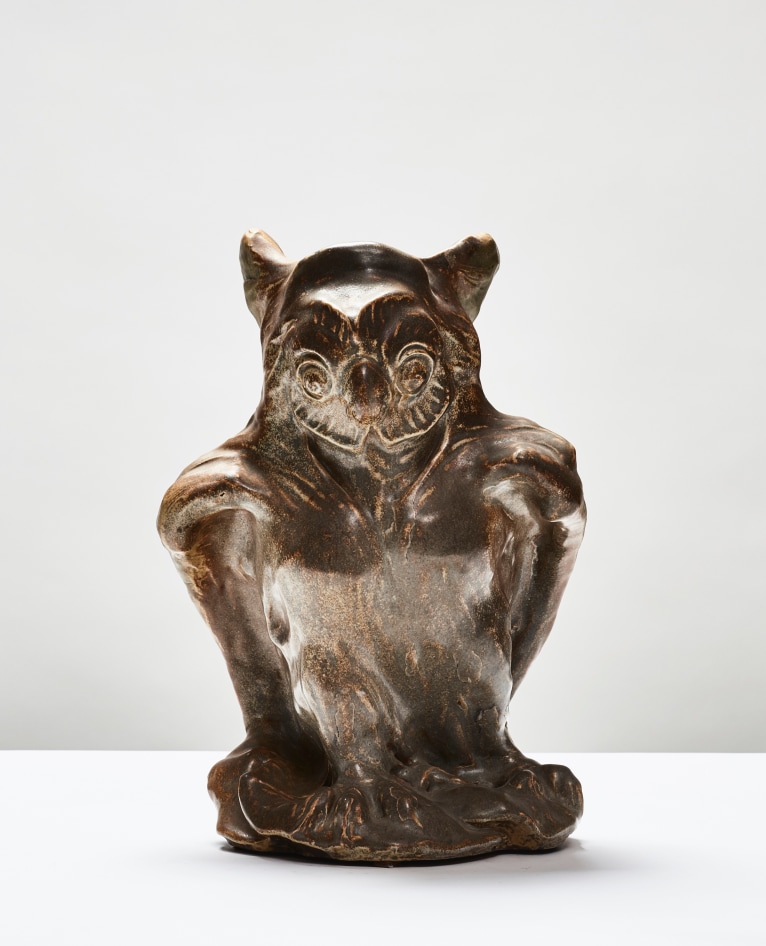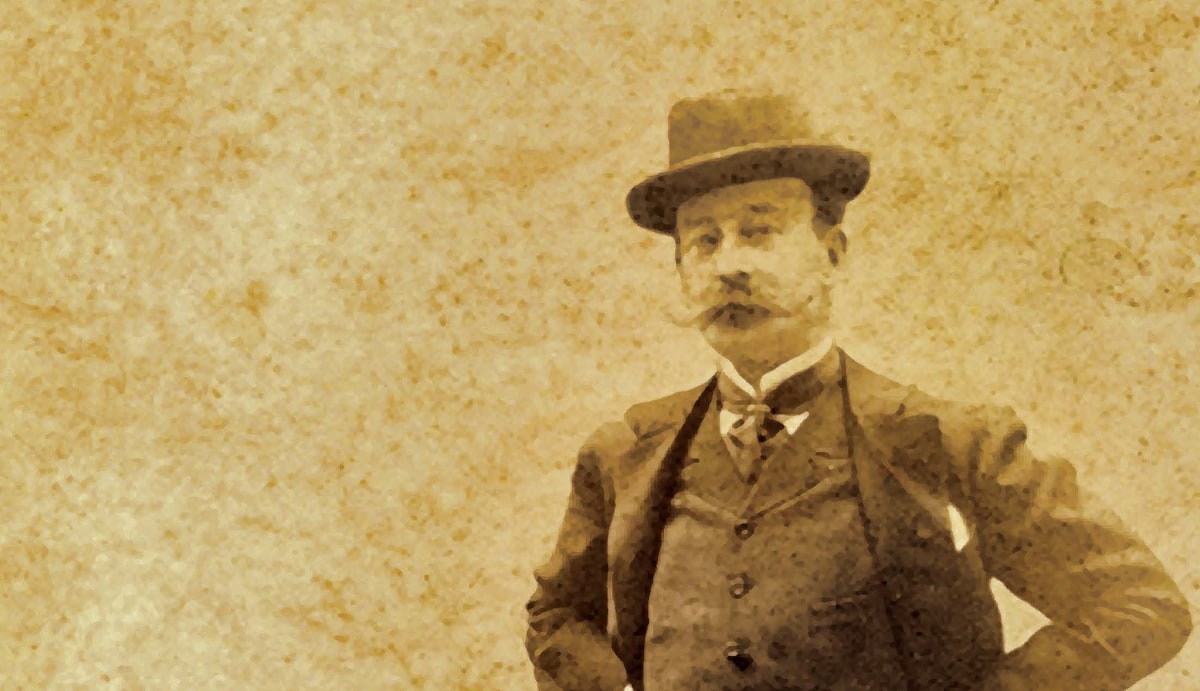

Georges Hoentschel (1855-1915) was an internationally-acclaimed interior designer and decorator. Following the footsteps of his maternal uncle, an ebonist, he built a career as the designer of fashionable historical revival interiors, supervising home conversions and improvements. He regularly provided British nobility and members of the Rothschild family with French works of art dating from the Middle Ages, the 17th and 18th century, as well as luxurious lacquers, ivory, ceramics, and objects from the Far East. His studio was said to resemble a magical treasure trove; some of his treasures later influenced his ceramics designs.
Despite his busy social calendar, Hoentschel was a serious businessman. He employed a large staff of artisans, sculptors, designers, and ceramists, and was determined to stay abreast of the latest trends. Like Siegfried Bing, another Paris tastemaker, Hoentschel took an interest in Japanese ceramics. He hired sculptor Jean Carriès to produce Japonist ceramics for his more advanced clients. Later, as the frenzy for all things Japanese died down, turned his attention to the Japanese-influenced Art Nouveau style. Work done by Émile Grittel, Jean Carriès, and others under Hoentschel's name is characterized by the frequent use of gold glaze effects and metal mounts. Much of the inspiration was drawn from floral and organic forms. But as soon as he perceived the growing interest in "Art Nouveau" (so-named for Bing's shop, Maison L'Art Nouveau), he became one of the leading promoters of the new, modern style.
Hoentschel's talent and taste were officially confirmed when he was commissioned to design and oversee the decoration of the pavilion of the Union Centrale des Arts Décoratifs at the Paris Universal Exhibition of 1900. It must be noted that Hoentschel was a promoter, not an artistan. In the same way that Louis Comfort Tiffany's signature appears on works that were designed and created by others under his aegis, Hoentschel's mark appears on ceramics made by Carriès or Carriès's employees. Hoentschel's personal trove of decorative arts was purchased in 1906 by J. P. Morgan and later donated, in part, to the Metropolitan Museum of Art.